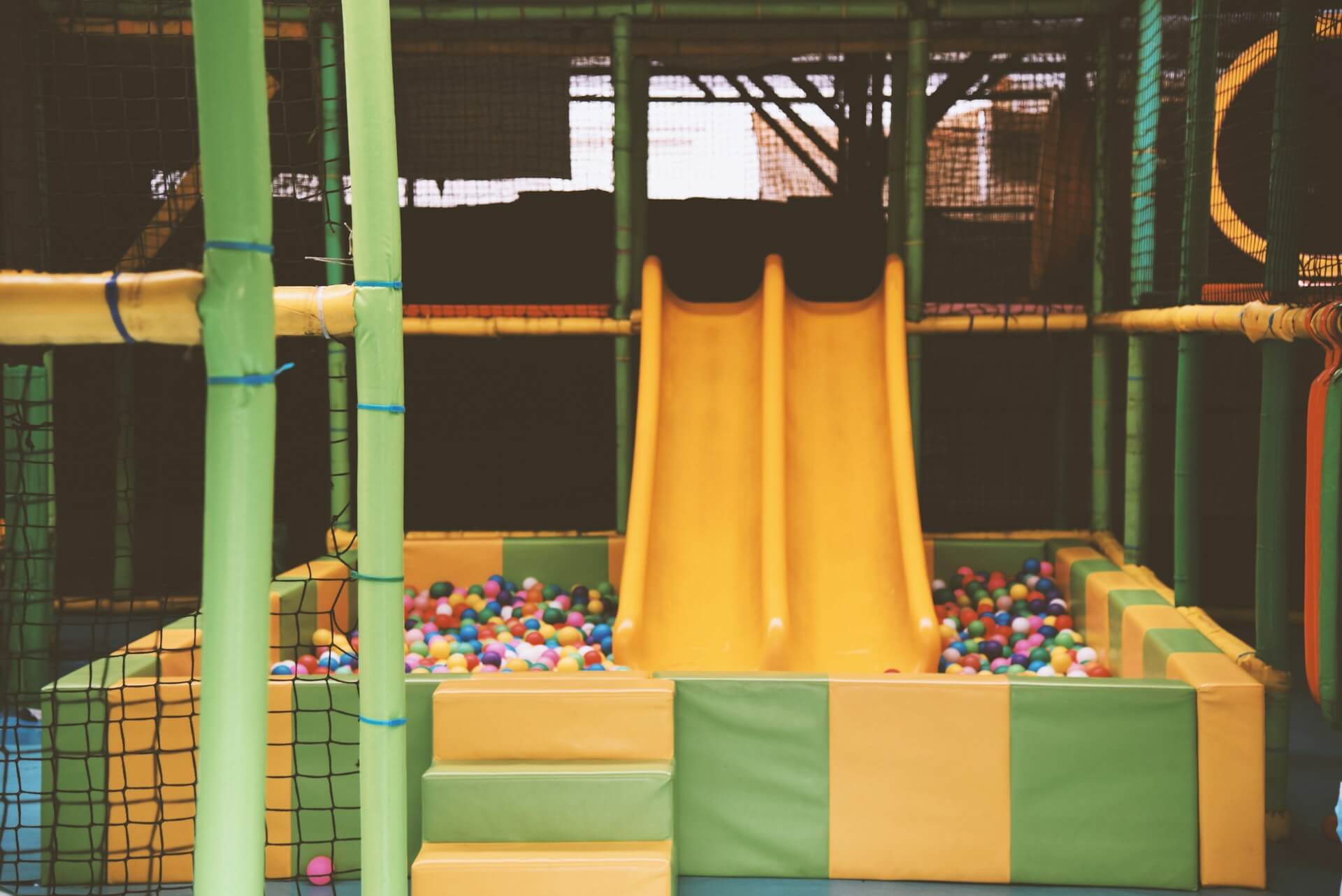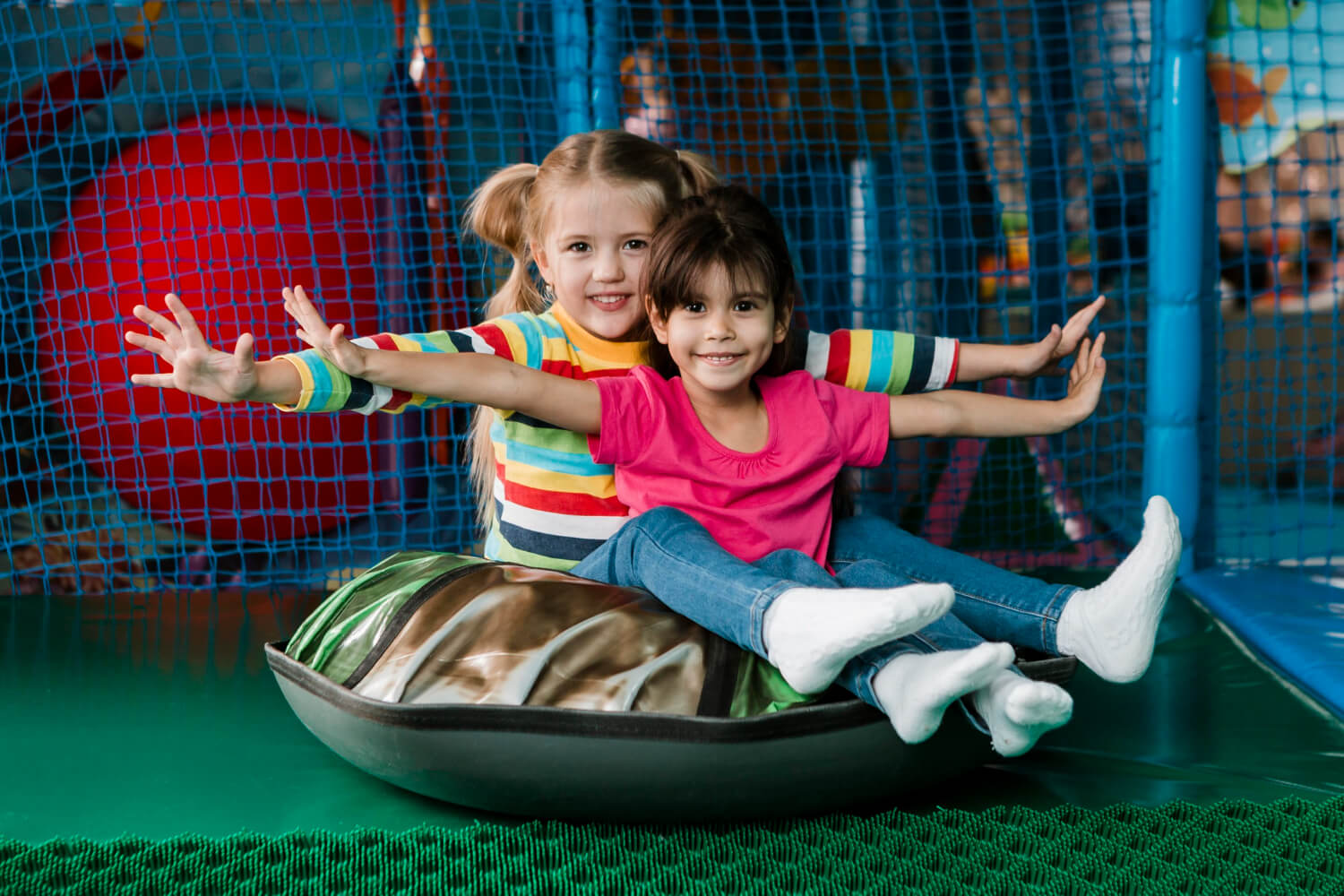Introduction:
The modern indoor playground has become more than just a space for children to expend energy and engage in physical activity. Today, innovative operators aim to offer a multi-faceted and impactful experience that combines the joy of play with educational enrichment.
Incorporating educational components within your indoor playground offers an opportunity to engage children’s hearts and minds, allowing them to explore new concepts, develop problem-solving skills, and build critical thinking abilities. By coupling play with learning, you can provide a valuable and meaningful experience for children that encourages them to return for further visits, while also appealing to parents who are invested in their child’s development.
Additionally, immersive design elements can elevate the experience, capturing the imagination and interests of your young visitors, while ensuring that your indoor playground stands out amongst the competition.
In the following sections, we’ll discuss practical and innovative strategies for incorporating educational and immersive design elements in your indoor playground. We’ll delve into the selection of appropriate themes, sensory-rich equipment, and interactive learning stations that cater to various age groups and developmental stages. By embracing immersive and educationally enriching design strategies, you can position your indoor playground as a must-visit destination for families seeking meaningful and engaging leisure experiences for their children.
1. Themed Environments: Igniting Imagination and Curiosity
Themed environments help transform an indoor playground into a captivating space where children can immerse themselves in new worlds, fostering their imagination and creativity. Selecting age-appropriate themes that cater to a broad range of interests and abilities can play a vital role in engaging your young visitors. From ocean adventures to outer space explorations, create distinct, themed zones that incorporate visually appealing design elements, play structures, and interactive stations that encourage children to learn through play.
2. Sensory-Rich Features: Engaging All Five Senses
An indoor playground with sensory-rich features offers children the opportunity to develop their sensory perception, cognitive abilities, and motor skills while having fun. Create an environment that incorporates touch, sight, sound, smell, and taste elements, and stimulate various developmental areas. Suggestions for sensory-rich installations include:
– Tactile play panels with various textures and materials
– Soundscapes or musical instruments to encourage auditory exploration
– Aromatherapy stations or scented play components
– Visual stimulation through colourful, dynamic lighting or displays
– Edible gardening areas or taste-safe sensory bins for younger children
3. Interactive Learning Stations: Merging Fun and Education
Enrich your indoor playground by offering interactive learning stations that blend play and education. These stations facilitate experiential, hands-on learning, enabling children to absorb new knowledge in a fun and engaging manner. Consider incorporating learning stations that target various domains, such as literacy, numeracy, science, and social studies. Examples of interactive learning stations include:
– A mini-library or reading nook with age-appropriate books and comfortable seating
– Maths-themed play equipment, like counting frames, puzzles, or building blocks with numbers
– Science stations with hands-on experiments, interactive displays, or observation areas (e.g., bug hotels, aquariums)
– Role-play zones encouraging socio-emotional growth, like a play kitchen, shop, or post office
4. Inclusivity: Catering to Diverse Abilities and Learning Styles
An educationally enriching indoor playground should promote inclusivity by providing accessible and adaptable play opportunities for all children, regardless of their abilities or learning styles. Design your playground to ensure it caters to children with physical, sensory, or cognitive disabilities through carefully selecting equipment and services. Areas to address include:
– Accessible play structures and ramps, accommodating wheelchairs or mobility aids
– Quiet zones or sensory breaks for children with sensory processing sensitivities
– Signage in Braille, visual cues, or symbols for children with visual or hearing impairments
– Flexible spaces that can adapt to various needs, such as calming areas, designated wheelchair zones, or spaces for assisted play
Partnering with Afacanpark for Success
Collaborating with a trusted playground equipment manufacturer like Afacanpark is essential to create an immersive and educationally enriching indoor playground. With years of experience designing, manufacturing, and installing play structures that cater to a wide range of themes, age groups, and developmental needs, Afacanpark can support you in executing your educational and immersive design vision. From initial design and planning stages to installation and maintenance, Afacanpark is committed to delivering high-quality, safe, and engaging play environments that meet the unique requirements of your clientele.
Conclusion
To elevate the experience for your young visitors and entice families to return, create an immersive and educationally enriching indoor playground that caters to their curiosity and developmental needs. Incorporate themed environments, sensory-rich features, interactive learning stations, and inclusive design elements that allow children of all abilities to thrive.
By partnering with a trusted playground equipment manufacturer like Afacanpark, you can ensure they receive a captivating, meaningful, and enjoyable experience that sets your indoor playground apart from the competition.




